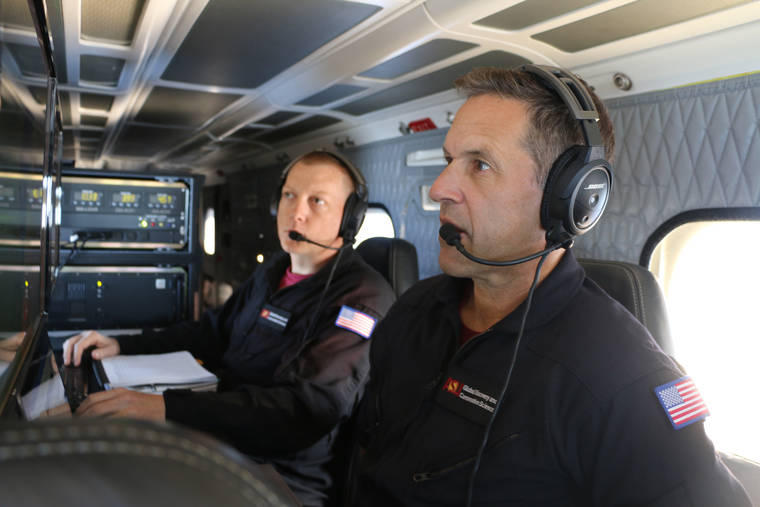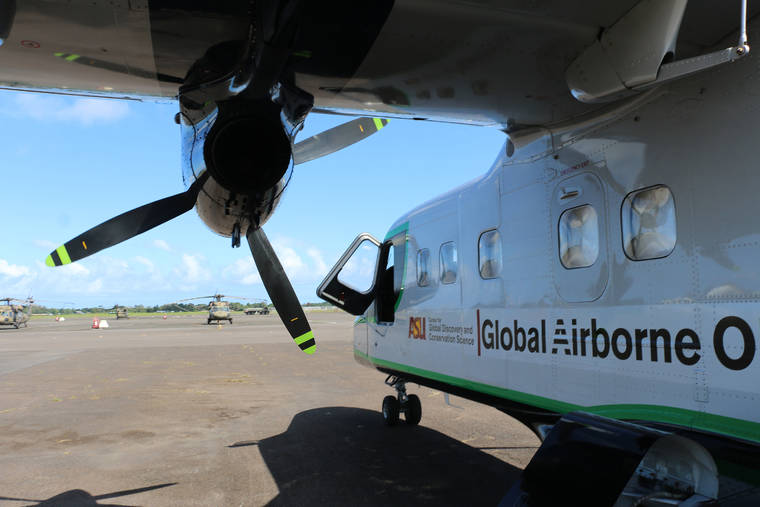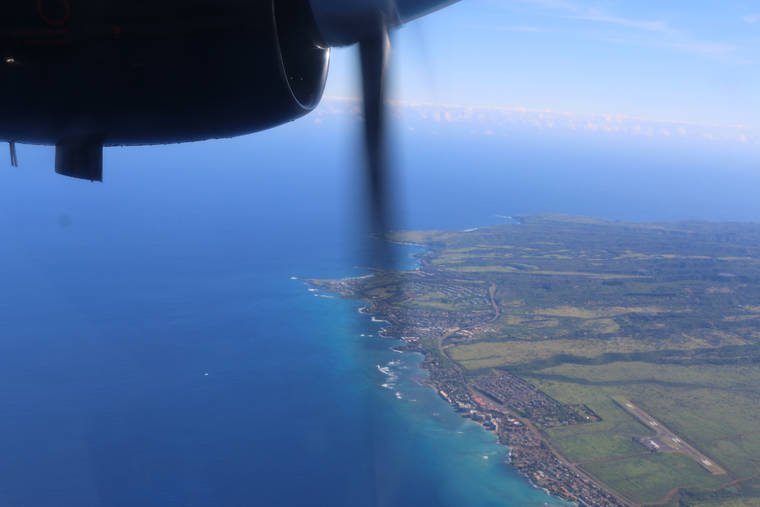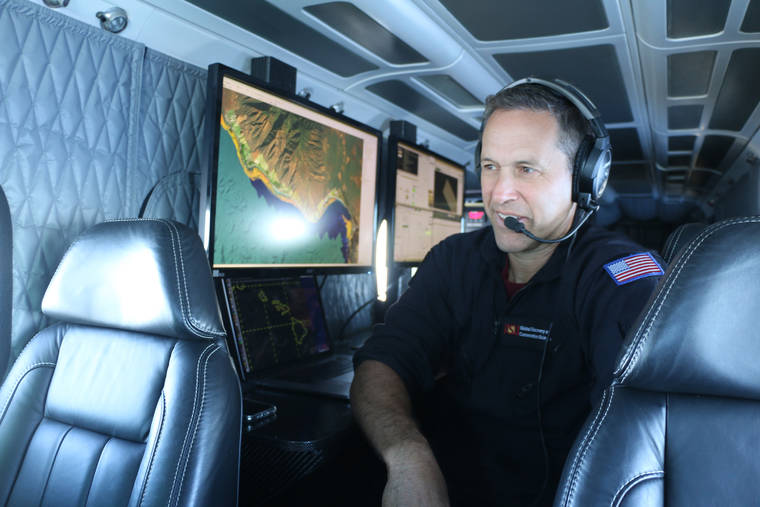High-tech observation: Aerial crew mapping Hawaii’s coral reefs
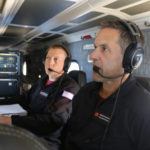
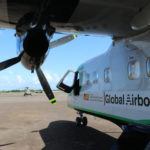
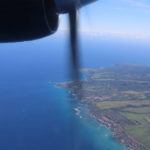
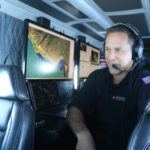
A crew from Arizona State University is mapping Hawaii’s coral reefs in the wake of a mass bleaching event in Hawaiian waters last fall.
Operated by the university’s Center for Global Discovery and Conservation Science, a twin-engine turbo prop aircraft is currently criss-crossing the state, creating an in-depth picture of reefs. The Department of Land and Natural Resources Division of Aquatic Resources elected to use the equipment rich, aerial platform to map and assess the health of reefs along the more than 700 miles of shoreline in the main Hawaiian Islands.
“We’re looking for a net change in live coral cover on reefs. Our airborne observatory has unique capabilities that allows us to see through seawater to a depth of 70 feet. What we want to see is where there’s live coral on the seafloor, where there’s dead coral, where there’s algae, the depth of the water, and 3D imaging of fish habitat,” Greg Asner, the program’s director, said in a media release.
DAR partnered with the team after it had mapped thousands of acres of ohia forest around the state to help detect the presence of rapid ohia death, the fungal disease that has killed or injured Hawaii’s most abundant and important native forest trees.
“For many years we’ve conducted regular diving surveys and assessments to create data that helps guide management decisions. Obviously mapping this way is time intensive and we would never be able to survey all of our near-shore reefs,” DAR Administrator Brian Neilson commented. “The ASU Global Airborne Observatory will produce a full and complete map of every reef and do it in about 30 days of flying. This information is critical for managing our near-shore reefs and developing strategies to help our corals survive the impacts of climate change.”
The most serious impact is bleaching events caused by heat waves. Hawaii has experienced serious bleaching in three of the past five years, according to DAR. The other major stressors on coral reefs are land based pollution and sedimentation and overfishing.
“Bleaching stresses reefs and NOAA predicts we’ll have these heat waves every year or two by 2030,” Asner said.
Though grounded by weather for the first few weeks, the team, which flies at an elevation of 8,000 feet, has estimated they’ve mapped about 30% of the reefs.

